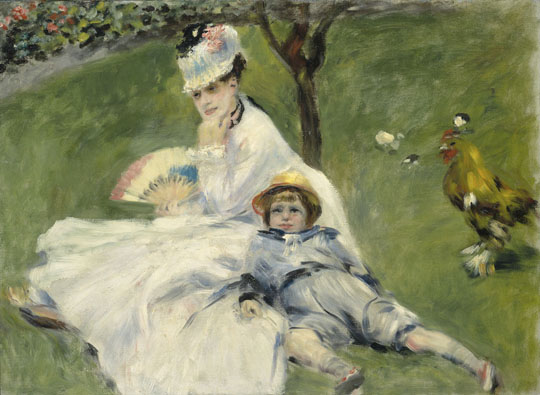There seems to be an exhibition of Impressionist art somewhere in Tokyo every year, such is its popularity in Japan.
This summer,the National Art Center, Tokyo is presenting "Impressionist and Post-Impressionist Masterpieces from the National Gallery of Art," showing works from the celebrated Washington museum's collection. The exhibition boasts 83 works, including nearly a dozen each by Edouard Manet and Pierre-Auguste Renoir, a half-dozen by Edgar Degas and Claude Monet as well as a good handful of Vincent Van Gogh and Paul Cezanne paintings, and much more.
For audiences acclimatized to the extremes of 20th-century art, it is perhaps difficult to imagine why the Impressionists caused such a stink in 19th-century France. Today, at its best their work appears sensuous and subtle, at its worst sentimental and chocolate-box cute. Back then, however, even the simple act of taking their easels outside to observe their surroundings as they painted was deemed radical when artists of the academic tradition created, in the studio, historical, Biblical or mythological scenes, in which nature was more idealized than raw. This desire to paint directly from nature combined with a new approach to the nude — foregoing idealized visions of femininity and using models who were frequently taken for women of easy virtue — left the Impressionists garnering more scorn than support.



